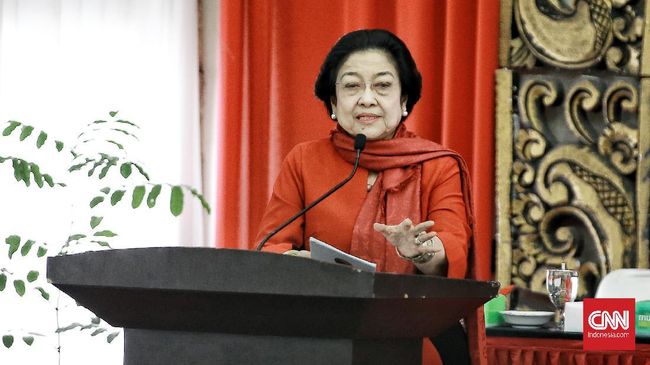In El Salvador, breast cancer is also the most frequent. We live with some 3,000 people who suffer from the disease or are survivors. Every year we mourn the death of about 400 and diagnose more than 1,500 new cases.
In order to raise funds to help cure breast cancer patients, the Susan G. Komen Foundation organized in Dallas, on October 19, 1983, a 5-kilometer walk called “for the Cure of Breast Cancer ”In which some 800 people participated. 38 years later, more than a hundred of these walks are held in different cities in the United States; One and a half million people participate in Washington’s event, and in October many iconic sites and monuments around the world, such as Niagara Falls, Sydney Harbor Bridge, Tokyo Tower, etc., are lit up in pink.
Among the most prominent donors are several companies and stores of cosmetics, perfumes, clothing and other feminine articles of personal use and the pharmaceutical companies that produce medicines to treat breast cancer.
In 1988, the WHO declared October 19 the Day to Fight Breast Cancer.
In the 1991 New York race, each participant was given a pink ribbon that today represents the commitment of states, governments, society and each of us to actively participate in raising awareness about primary prevention and screening. early breast cancer. And it is no wonder: in 2020 2.3 million new cases were diagnosed worldwide and more than 600 thousand women died from breast cancer.
Primary prevention means the abandonment of bad habits such as smoking, alcohol abuse, inadequate diet and sedentary lifestyle, which are risk factors for suffering from all types of cancer; This change in lifestyle is only achieved with intense educational campaigns from the school to the communities.
The gold standard in early detection of breast cancer is mammography, which detects cancer up to a year before it is palpable.
Remember that when a breast cancer is palpated, it measures at least 1 cm. in diameter, it has one billion malignant cells and at least one year of evolution. Diagnosing palpable cancer is not early detection.
In 2006 Samantha King published her book The Pink Ribbon Industry, in which she criticizes this “unprecedented outpouring of philanthropy” by donor companies that have taken advantage of breast cancer, which is a tragedy for those who suffer from it, to make an industry commercial driven by marketing transforming a celebration that should be a civic and human act, into a purely commercial act, to donate a minimum percentage of its juicy profits.
But let’s put those controversies behind us and take advantage of this initiative by saying that in El Salvador, breast cancer is also the most frequent. We live with some 3,000 people who suffer from the disease or are survivors. Every year we mourn the death of about 400 and diagnose more than 1,500 new cases. But this is only the tip of the iceberg of the problem called CANCER, whose very pronunciation of this word evokes a feeling of fear and despair in the face of this silent killer who has become the metaphor of pain, suffering and death and that impacts the patients and their families in all facets of the human dimension: physical, psychological, economic, social and spiritual, and tests the resolution capacity of our health system.
In El Salvador we live with more than 20 thousand cancer patients or survivors. Every year we mourn the death of more than 6 thousand and we attend more than 10 thousand new cases. Providing adequate care for these patients requires a well-managed national cancer program, with optimal and efficient use of the few available resources.
In 2015, the MINSAL recognized that there is a historical debt with the Salvadoran people for having made the cancer problem invisible for decades and giving it partial and fragmented treatment, and promised to create a comprehensive cancer program. We hope that the Executive will soon give a vigorous breath of life to the Law for the Prevention, Control and Care of Cancer sanctioned by President Bukele in May 2021 to begin to change the future of cancer patients in this country.
Doctor.
– .


